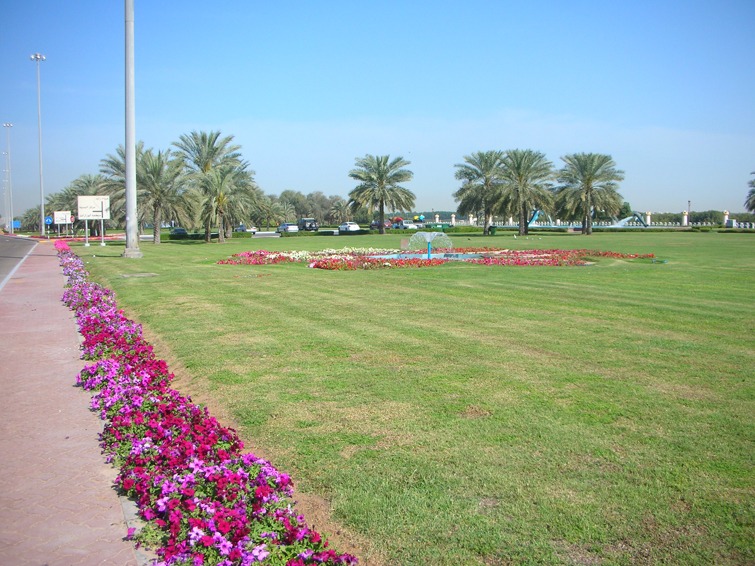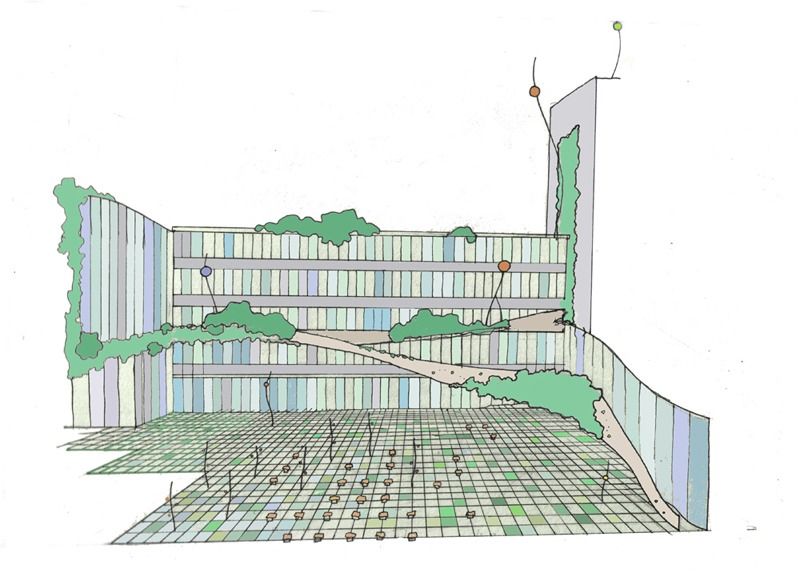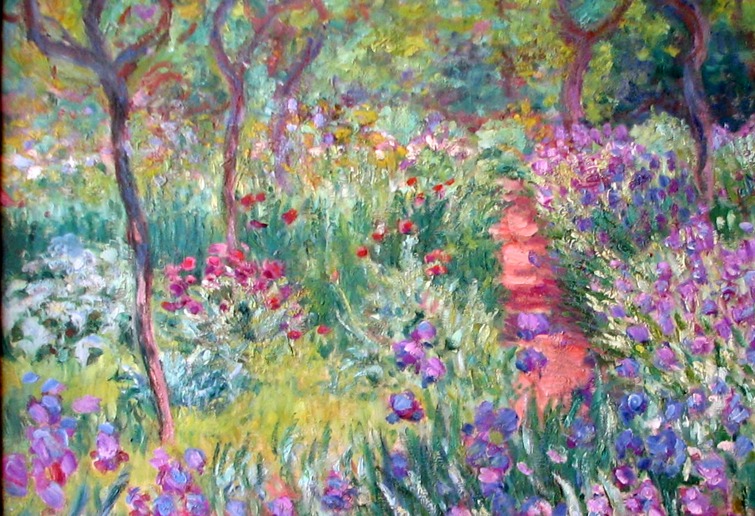My definition of an eyesorit is ‘an urban design which makes the eyes sore but tinged with mirth’, rather as Private Eye Magazine does with its brilliant covers. Normally, they are photographs with bubble captions.
The architect, the town planner, the highway engineer and the landscape architect responsible for this codge-up, photographed in London’s Isle of Dogs on 19.4.2009 should only venture out wearing shame-guards. It is a stupid waste of some of the world’s prime urban land. The road and the paths are ugly and too wide. The gardens and the balconies are too small. The lawn is but an exercise ground for lawn mowers. The greenspace has no use and no beauty. Its maintenance wastes fossil fuels. And yet this example is much better than many of the residential blocks the city has shoved up in the past decade, making London what Rasmussen might have called a ‘less-unique city’. It makes one wonder if professional bodies are worth having – and reminds one of Adam Smith’s remark that: “People of the same trade seldom meet together, even for merriment and diversion, but the conversation ends in a conspiracy against the public, or in some contrivance to raise prices.”



 i dont know how we all still feel about moon gardens but here is my latest drawing of the Waterloo site. i think it includes a lot of the ideas we were discussing, but admittedly, leaves some out. in the end, i decided to do what felt right for the space itself. you all might not agree of course.
i dont know how we all still feel about moon gardens but here is my latest drawing of the Waterloo site. i think it includes a lot of the ideas we were discussing, but admittedly, leaves some out. in the end, i decided to do what felt right for the space itself. you all might not agree of course.